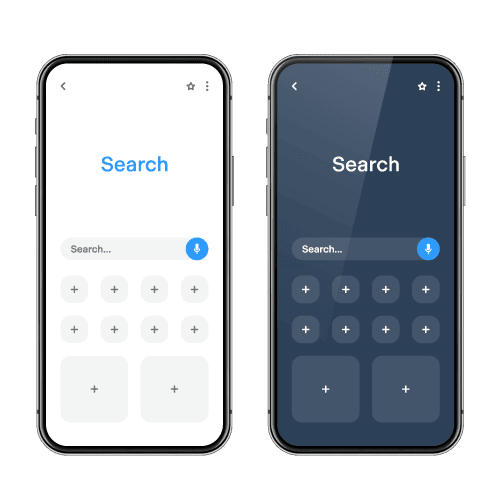The internet plays a significant role in our daily lives but also has a considerable environmental impact. It is estimated that the internet contributes to about 2% to 4% of global greenhouse gas emissions, emphasizing the need for the web design community to take action and adopt sustainable practices.
While it may sound farfetched, sustainable web design practices can help reduce carbon emissions globally. Catapult Creative Media, a web design company committed to eco-friendly principles, builds visually stunning and environmentally conscious websites. Contact our team today to find out what Catapult can do for you.
[Related: SEO – Beyond Just Content]
Climate Change and the Internet

Climate change is an urgent global concern, with the World Health Organization projecting that between 2030 and 2050, climate change will cause approximately 250,000 additional deaths per year due to heat exposure, malnutrition, and other secondary effects. With the internet’s increasing energy consumption, it’s crucial for web designers and developers to make conscious decisions to minimize their impact on the environment.
Creating Greener, Sustainable Websites
One of the easiest ways to create a sustainable web design model is by choosing energy-efficient server farms. Cooling is a significant producer of wasted heat. Underground server farms, like those being built by Catapult for their clients, require less energy to cool, thus lowering carbon emissions for the websites hosted on those servers.
[Related: Importance of Customer Experience in Driving Growth]
Eco-Friendly Tools and Best Practices for Sustainable Web Design

Several tools, including the Green Web Foundation and Google Lighthouse, are available to grade websites on their eco-friendliness. By leveraging these tools, web designers can identify areas for improvement and implement changes for a more sustainable website design.
In addition to using these tools, several best practices can be adopted to create eco-friendly websites:
- Dark Modes: Dark modes use less energy to light the screen, reducing the energy consumption of devices and contributing to a greener internet experience.
- Reduce Plugins and Technologies: Web designers can create websites that consume less energy by minimizing the use of plugins and technologies that require high clock cycles (the speed at which a computer processor executes instructions). Clock cycles are important to consider, as a higher clock speed typically results in increased energy consumption.
- Optimize File Sizes: Shaving off a single kilobyte of a file on a website that gets a large amount of traffic can significantly reduce the carbon footprint of a website. For example, reducing the file size of an image by 1KB on a website with 10,000 daily visits could save approximately 10MB of data transfer daily, ultimately reducing the energy required for data transmission.
Get Sustainable Web Design from Catapult
As climate change continues to threaten our planet, adopting sustainable web design practices is essential for a greener future. By utilizing energy-efficient server farms, leveraging eco-friendly tools, and following best practices, web designers can create websites that prioritize sustainability and energy efficiency.
If you’re looking to create an environmentally conscious website, consider partnering with Catapult Creative Media, a company committed to designing eco-friendly websites. Our experienced designers create sustainable websites that generate results. Contact us today and schedule a free consultation.



